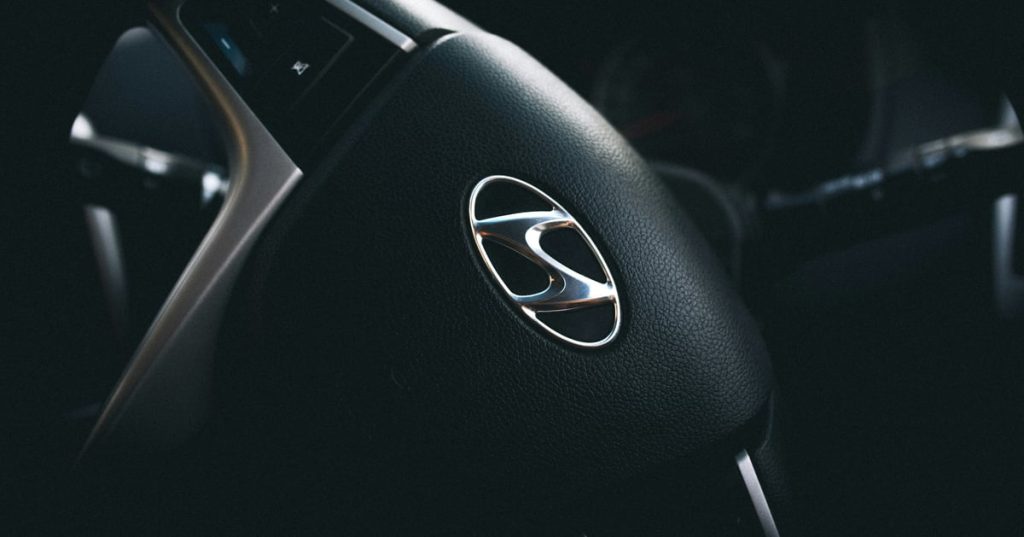The DRHP identifies policy changes as a significant challenge for the automotive industry. “Frequent changes in policies make it difficult for auto industry stakeholders to ensure adherence and commit investments. Overall policy stability and transparency are required for a smooth technology transition and localisation in the country,” HMIL stated.
The company also highlighted concerns about meeting eligibility criteria and availing benefits under localisation norms. The government encourages localisation across sectors, especially in the automotive sector, through policies like PLI for automotive technology and advanced cell chemistry, the phased manufacturing program, Atmanirbhar Bharat, and Make in India.
“While the goal of localisation is to reduce import dependence and lower manufacturing costs, it involves significant initial capital investments from stakeholders within the automotive industry,” HMIL noted in its preliminary papers.
The company suggested that simplifying and better tracking of policies would ensure effective localisation in India. Progress by vendors tied to individual original equipment manufacturers could also alter the industry’s risk profile from a supply-side perspective.
Last week, HMIL filed preliminary papers with SEBI to launch an initial public offering (IPO). If approved, this IPO could become the largest in India, surpassing LIC’s share sale of Rs 21,000 crore. HMIL proposes to sell 14,21,94,700 equity shares of Rs 10 each, constituting 17.5% of the post-offer paid-up share capital of the company.
(With inputs from PTI.)
